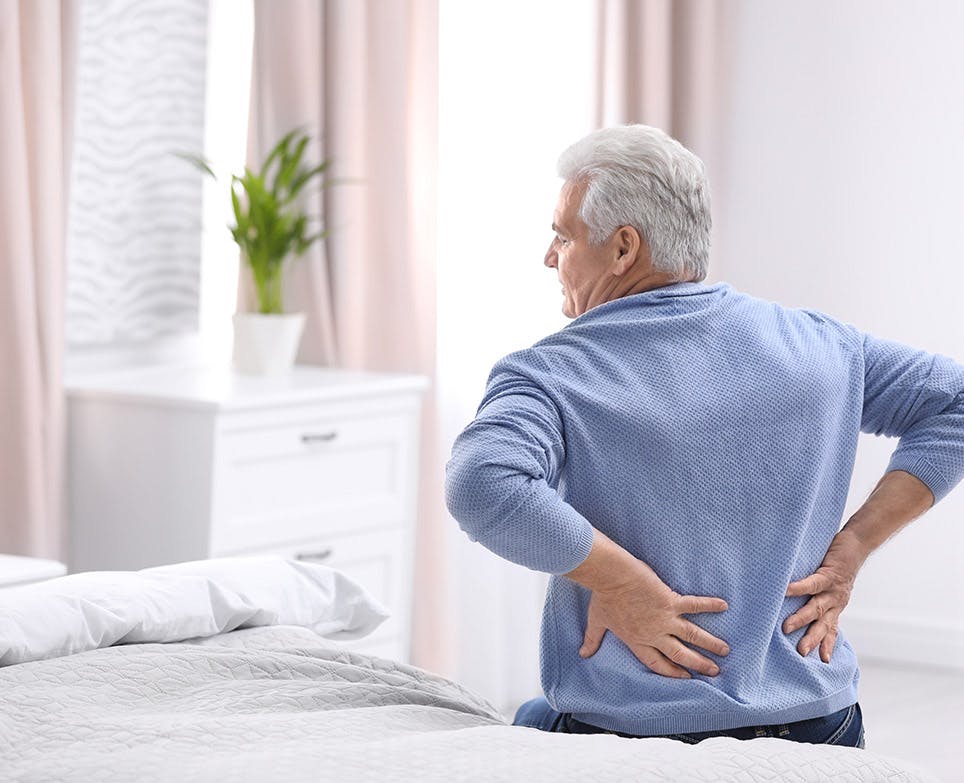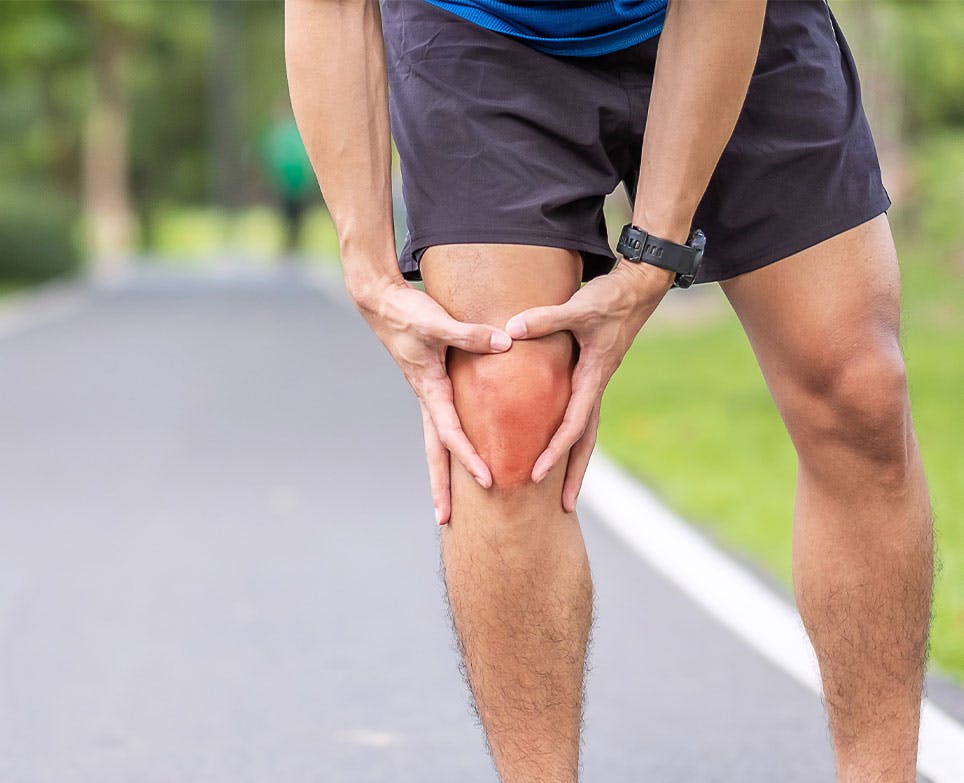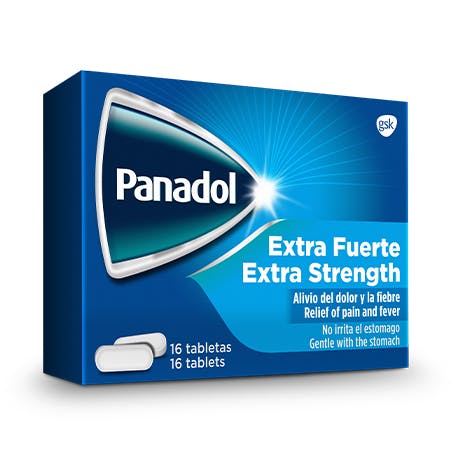
Osteoarthritis
There are over a 100 types of arthritis, but the most common one is called Osteoarthritis. It is a degenerative joint condition, and can range in severity from mild to quite severe, disabling pain. It typically starts with the breakdown of the flexible joint tissue known as cartilage and can lead to stiff and immobile joints. Many people can develop Osteoarthritis — men and women, older people and even children. Most commonly, osteoarthritis affects the knees, hips, spine and hands.

Causes, symptoms and treatments of osteoarthritis
CAUSES OF OSTEOARTHRITIS
Typically, osteoarthritis results from the breakdown of the flexible joint tissue known as cartilage. Healthy cartilage allows bones to glide smoothly over one another during movement. But when cartilage is damaged or worn away, the bones rub together causing pain, swelling, and loss of joint mobility.7,10
SYMPTOMS OF OSTEOARTHRITIS
The key symptom of osteoarthritis is joint pain. It can range from mild, uncomfortable pain to severe, disabling pain. Most of the time, this pain comes from using the joint and will fade over time when rested.11
As osteoarthritis advances, the pain can persist while resting and even occur at night while sleeping. Osteoarthritis can cause joint stiffness, preventing bending and full range of motion of the joint.11


TREATMENTS OF OSTEOARTHRITIS
Some of the most important treatments for osteoarthritis are simple changes to attitude and lifestyle. Physical activity and exercise can, for example, improve joint mobility and reduce pain.
Similarly, changing your diet to help maintain an ideal weight can ease pressure on many joints.11


Because osteoarthritis is a progressive condition, specific pain relief treatments are usually needed such as:9,12-14
- analgesics, such as acetaminophen
- creams, gels and ointments that can be rubbed into the skin to help reduce joint inflammation
- supplements, such as glucosamine
- NSAIDs, which may require a prescription.
If you have osteoarthritis, talk to your doctor about treatment options. Your could also consider speaking to another healthcare professional, such as a pharmacist, physiotherapist or nutritionist.





